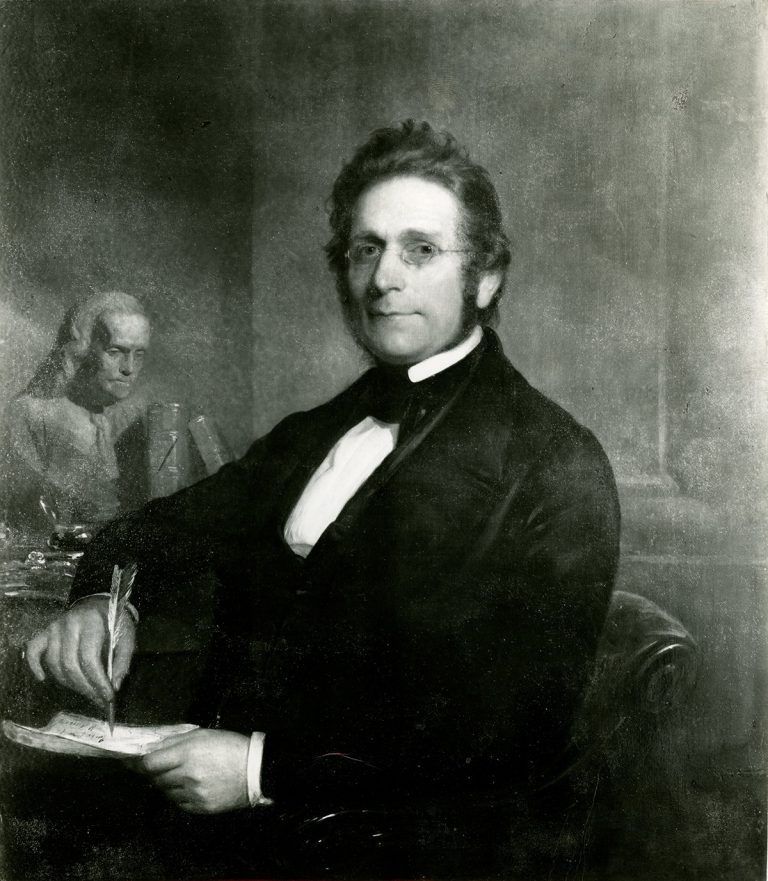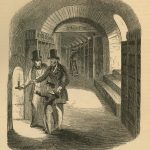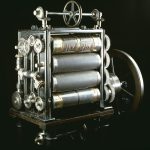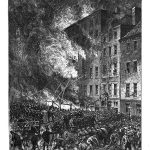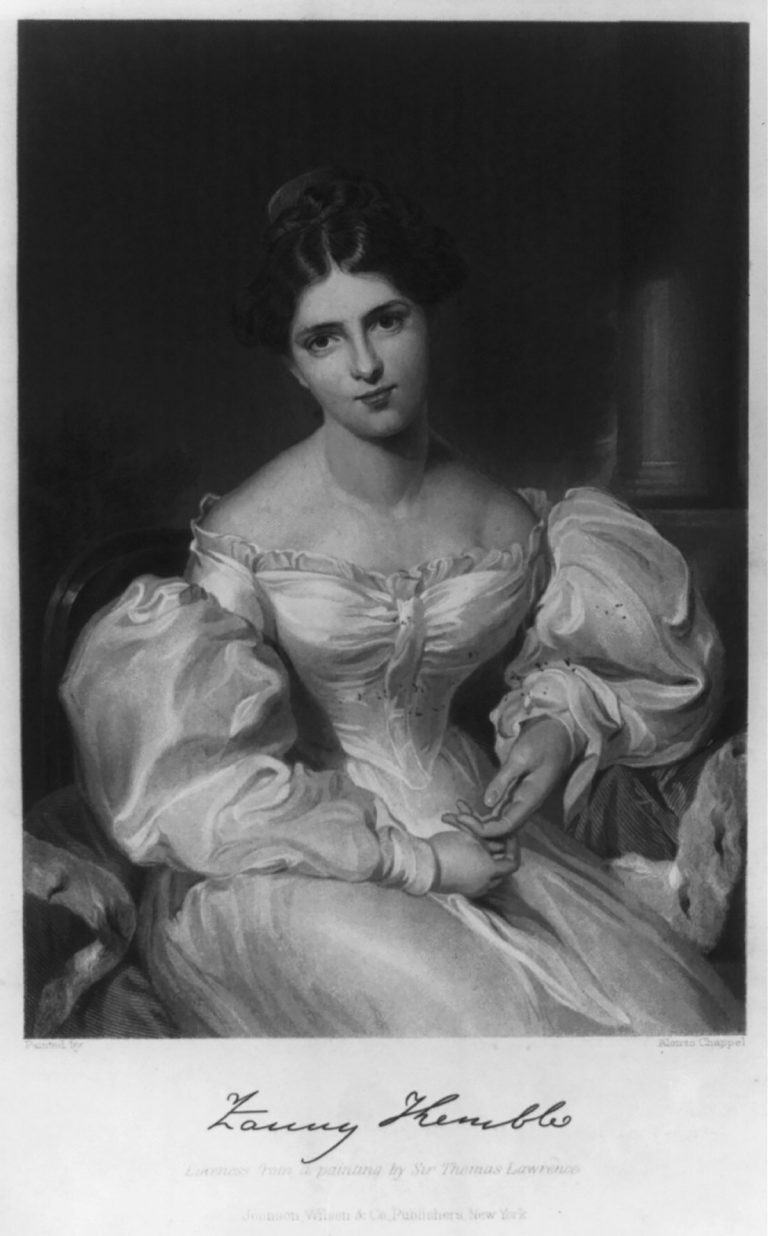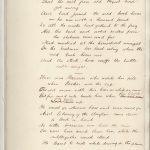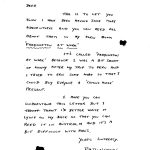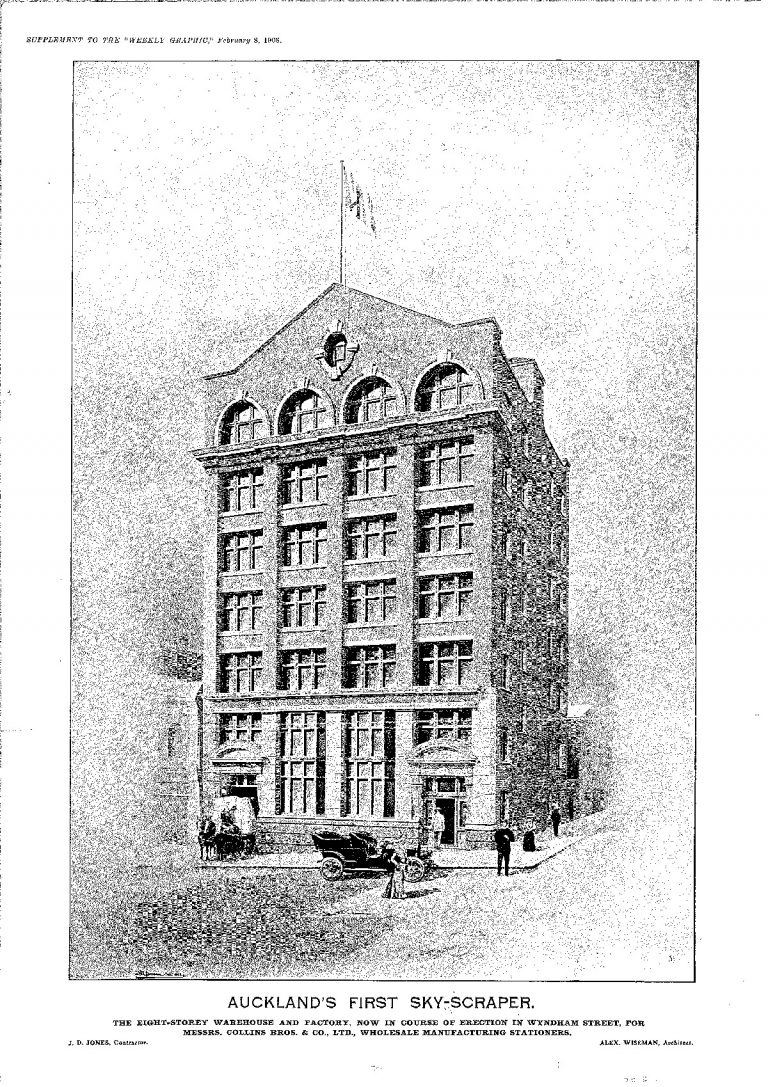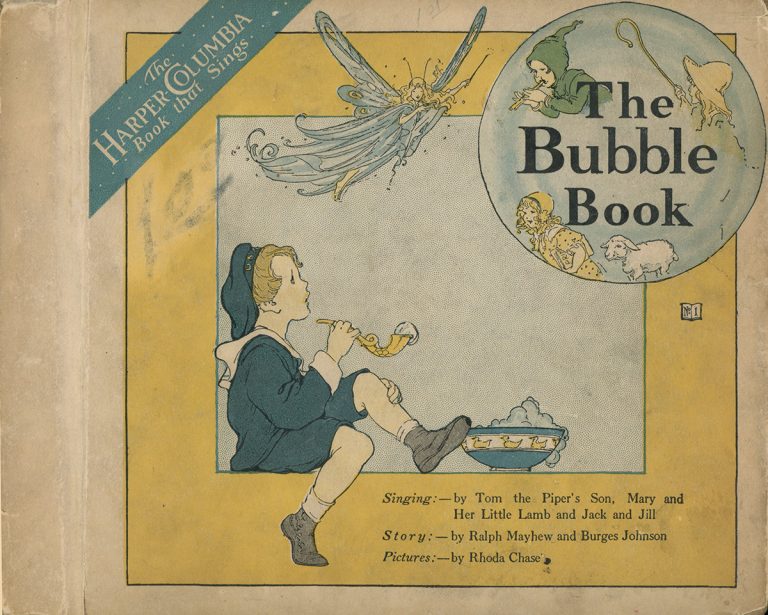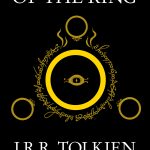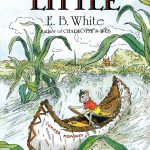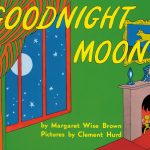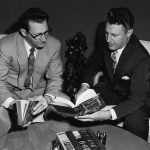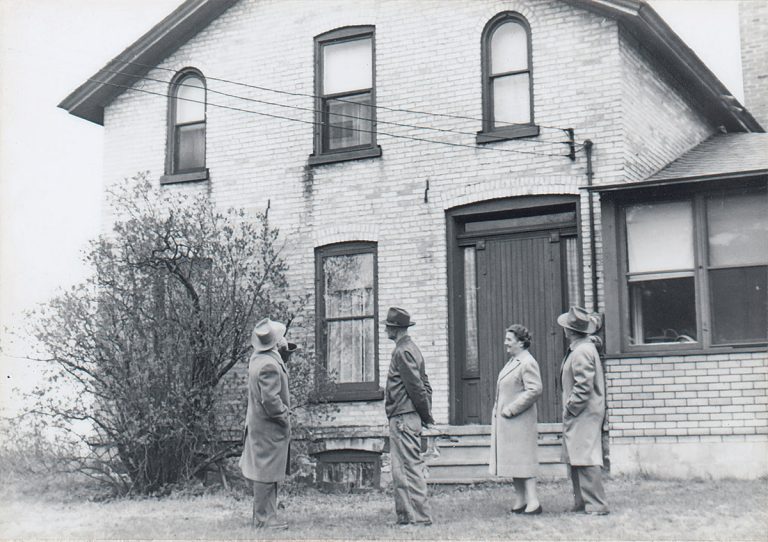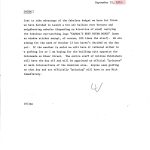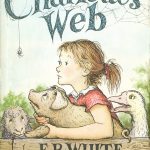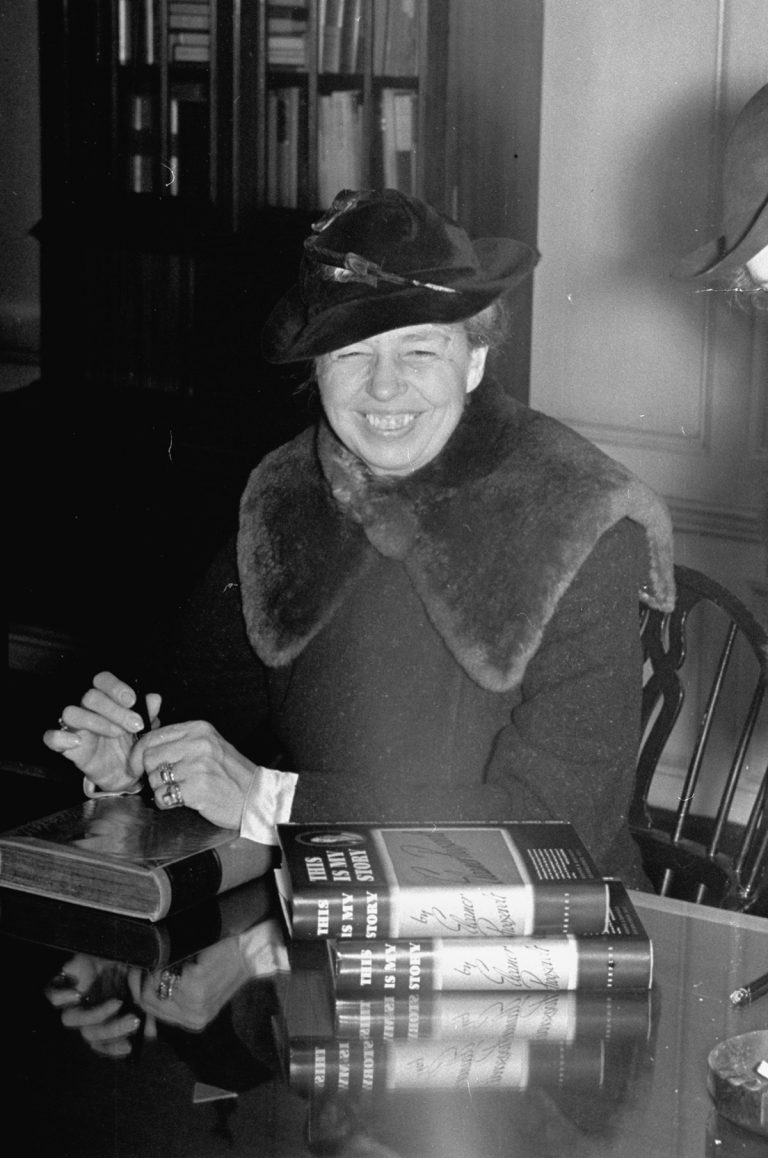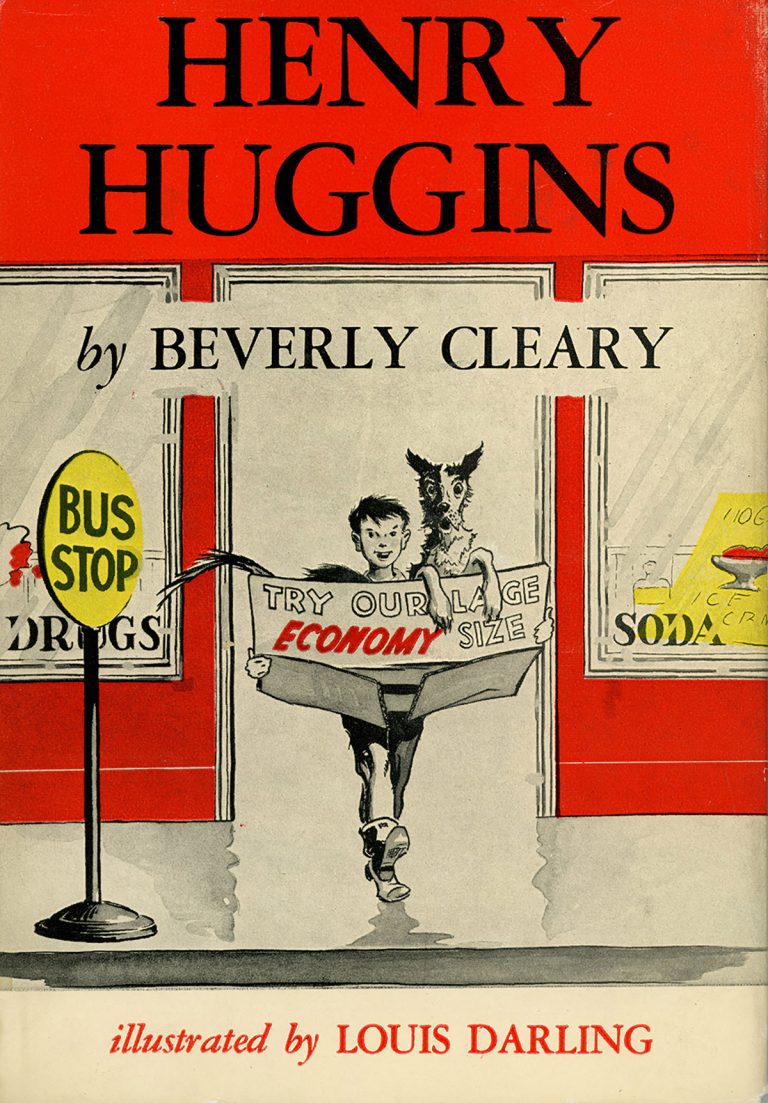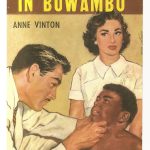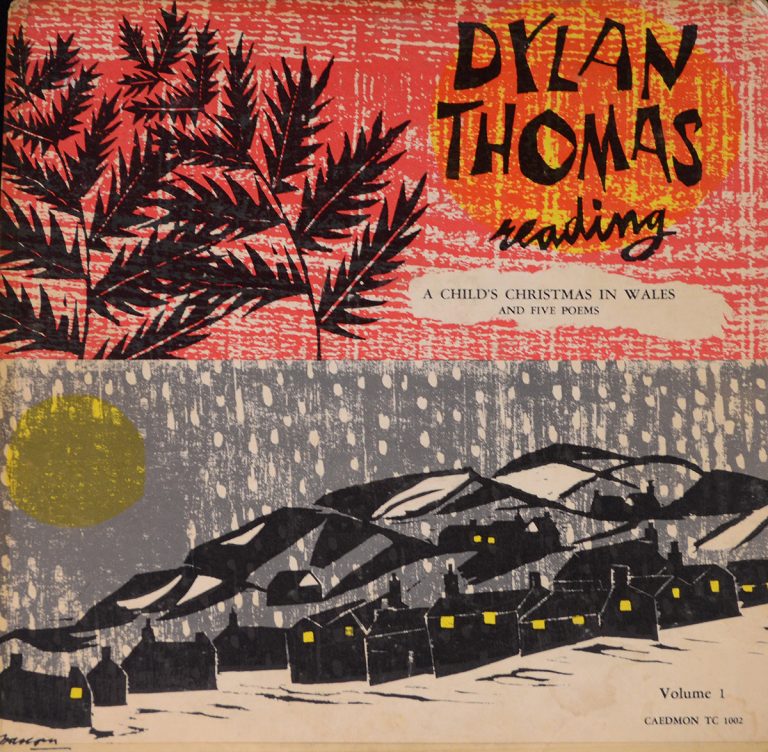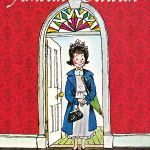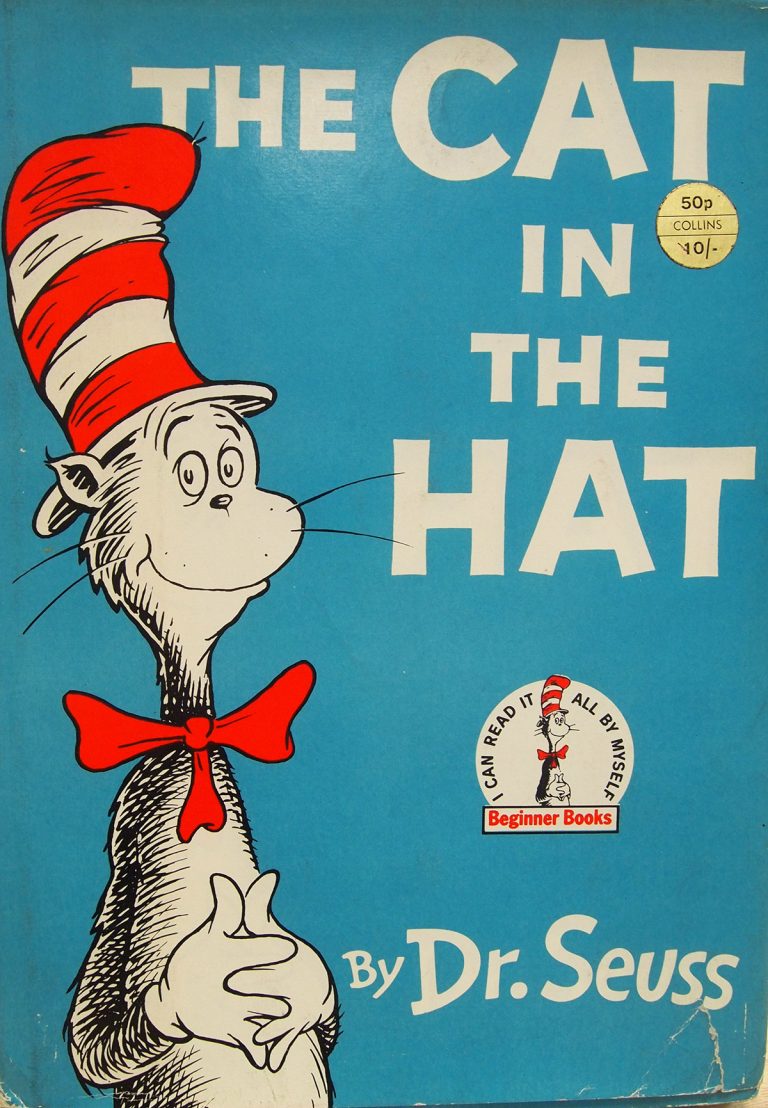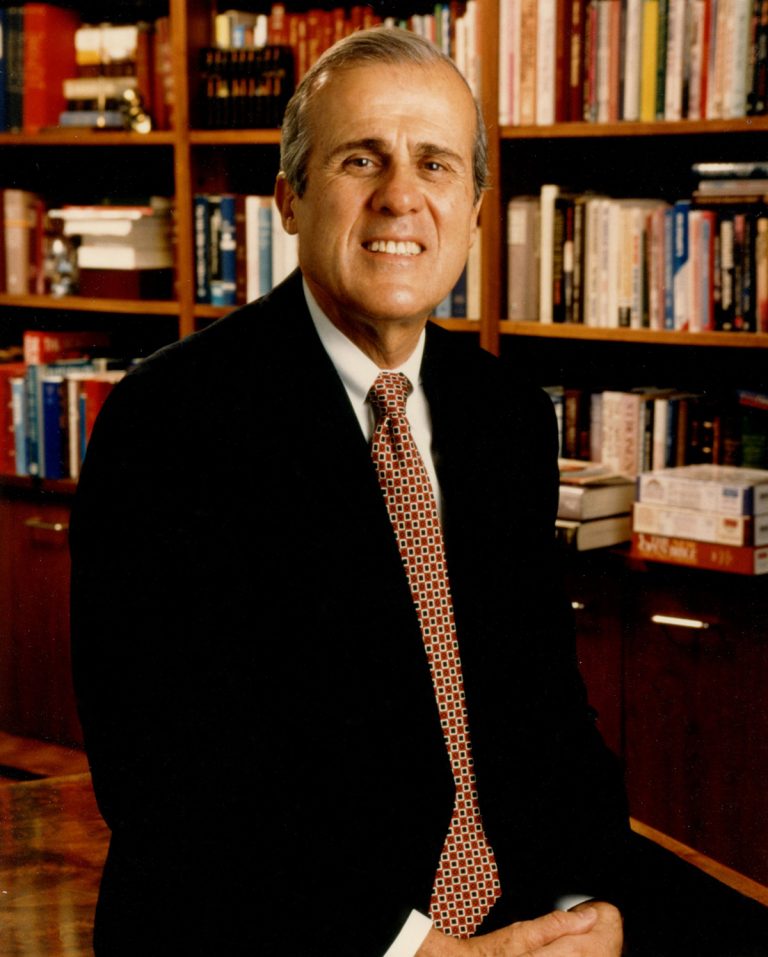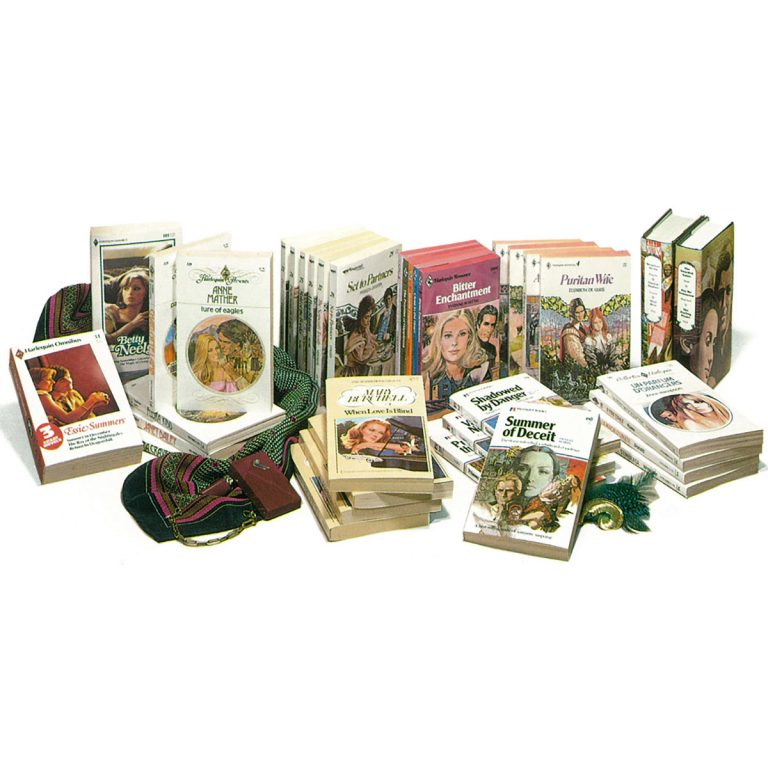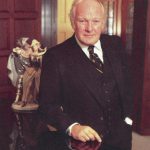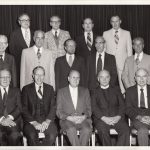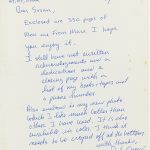1817
1818
Thomas Nelson expands his secondhand bookstore into a publishing business… More
1819
Chalmers & Collins Bookshop and Printing Works opens and prints its first book… More
1824
The first Collins dictionary is printed. More
1830
1833
J. & J. Harper is renamed Harper & Brothers to reflect the addition of brothers Fletcher and Joseph Wesley Harper to the firm. More
1836
Harper & Brothers begins publishing books for children with the Fairy Book Collection. More
1837
Harper & Brothers debuts its New England School Library, a first in packaging and distribution. More
1839
Collins receives a license to publish the King James Version of the Bible. More
1848
Harper & Brothers publishes the first American editions of Emily Brontë’s Wuthering Heights, Charlotte Brontë’s Jane Eyre, and Anne Brontë's The Tenant of Wildfell Hall. More
1850
Harper’s New Monthly Magazine launches in June, serializing Charles Dickens’s Bleak House, as well as then unknown authors Herman Melville and Mark Twain. More
Thomas Nelson Jr. perfects the rotary press, one of the greatest technological advances in printing since Johannes Gutenberg’s development of movable type in the fifteenth century. More
1853
On December 10, the Harper & Brothers New York City office suffers a destructive fire, leaving the establishment in ruins. Almost immediately, the company decides to rebuild. More
William Collins introduces new steam presses, allowing Collins and Sons to publish Shakespeare and The Pilgrim’s Progress in affordable editions available to the masses. More
1854
Thomas Nelson becomes the first British publishing house to have a branch in the United States when it opens an office at 131 Nassau Street in New York City. More
1856
The first Collins Atlas is published. More
1860
Harper & Brothers pay Wilkie Collins £750 for The Woman in White, which heralds the firm's entry into the crime fiction genre. More
1862
Collins becomes the publisher for the Scottish School Book Association and Irish National Schools, by 1875 buying out the Scottish School Book Association and supplying books directly to schools. More
Thomas Nast begins documenting the Civil War and politics through caricature in Harper’s Weekly. More
1863
Harper & Brothers takes a clear stand in favor of abolition with the publication of Fanny Kemble’s Journal of a Residence on a Georgian Plantation in 1838–1839. More
1871
Harper’s Weekly serializes Middlemarch by Mary Ann Evans, who worked under the male pseudonym George Eliot. More
1877
Thomas Nelson introduces the Royal Readers and Royal School series in response to the enactment of compulsory schooling laws and increased demand for instructional books. More
1886
David Angus and George Robertson form a bookselling partnership in Sydney, going on to publish Australian authors like Banjo Paterson and Henry Lawson to much acclaim and success. More
1888
Collins opens its first branch in Auckland, New Zealand. More
1891
Enabled by the 1891 International Copyright Treaty, Harper & Brothers purchases the rights to Arthur Conan Doyle’s The Adventures of Sherlock Holmes. More
1895
Mark Twain signs an exclusive contract with Harper & Brothers, which serializes Joan of Arc in its periodicals and publishes it as a book one year later. More
1902
Collins publishes the first Gem, a Pocket Pronouncing Dictionary that has 608 pages and is 2½" x 4½" in size. More
1903
Collins is the first to publish a series of illustrated, shilling-priced pocket size classics with the introduction of Collins Illustrated Pocket Classics. Included in this series are a maroon cloth-bound David Copperfield, many other Charles Dickens favorites, Sir Walter Scott’s Kenilworth, George Eliot’s Adam Bede, and Charlotte Brontë’s Shirley. More
1908
During a time of expansion for Collins in New Zealand, the company obtains New Zealand Post Office Box #1 (which it continues to use to this day) and moves to a new building on Wyndham Street, which at eight stories high, was then Auckland’s tallest building. More
1917
Harper & Brothers releases a series of 12 Bubble Books, the first-ever book and phonograph record “bundle,” featuring nursery rhymes like “Jack and Jill” and “Simple Simon.” More
1923
Harper & Brothers sells the buildings and grounds at Franklin Square and moves its publishing enterprise to 49 East 33rd Street in New York City. More
The Harper Prize Novel is introduced as a competition to discover unknown authors, and receives more than 700 submissions in its first year. The first winner, The Able McLaughlins by Margaret Wilson, is later awarded the Pulitzer Prize for the Novel (1924). More
1924
“Queen of Crime” Agatha Christie joins the house of Collins, and two years later publishes her seminal Hercule Poirot novel, The Murder of Roger Ackroyd. More
1926
1927
Harper & Brothers signs Aldous Huxley, author of Brave New World. More
1930
Collins establishes the Collins Crime Club, which continues for six decades. Members receive quarterly newsletters that list the best new releases as selected by a panel of experts. More
1931
Pat and Bernard Zondervan start a religious publishing firm out of their mother’s farmhouse. More
1932
1936
Collins is the first major publishing house to create its own font. More
1937
1938
Harper & Brothers publishes Richard Wright’s debut story collection, Uncle Tom’s Children. More
1941
Avon Books is established by New York businessman Joseph Meyers in association with Edna B. Williams. Now renowned for widely popularizing the historical romance category, the publisher originally begins with a focus on paperback reprints. More
1943
Betty Smith’s A Tree Grows in Brooklyn, a story about growing up poor in turn-of-the-century Brooklyn, shines a light on first- and second-generation Americans living in poverty. More
1946
William Morrow establishes its first children’s imprint, Morrow Junior Books, and develops successful children’s author Beverly Cleary. More
1949
1952
Caedmon Audio, the first company to sell audio versions of works by writers such as Dylan Thomas, e. e. cummings, and Robert Frost, is founded. More
1953
William Collins and Sons purchases the religious publishing firm of Geoffrey Bles, Ltd., gaining the rights to the works of C. S. Lewis, including his Chronicles of Narnia fantasy books. More
1954
Publisher George Allen & Unwin, later purchased by HarperCollins, publishes the 9,250-page manuscript of The Lord of the Rings, by J.R.R. Tolkien. More
1956
Harper & Brothers publishes Profiles in Courage by John F. Kennedy, which wins the Pulitzer Prize in 1957 and helps propel the young senator to the White House. More
1957
The I Can Read! series launches with the publication of Little Bear, written by Else Holmelund Minarik and illustrated by Maurice Sendak, and becomes the number one beginning reader series in the United States. More
1958
After leading the Montgomery bus boycott in 1955 and becoming the voice of the civil rights movement, the Reverend Martin Luther King Jr. selects Harper & Brothers to publish Stride Toward Freedom, his memoir about the Montgomery bus boycott. More
Collins publishes the first English translation of Doctor Zhivago by Boris Pasternak, winner of the Nobel Prize for Literature. More
1960
J. B. Lippincott publishes the Pulitzer Prize–winning To Kill a Mockingbird by Harper Lee, one of the most influential books on race in America, which goes on to sell more than 40 million copies. More
1961
The first Beginner Books by Dr. Seuss are published by Collins in the UK. This series includes The Cat in the Hat (which had been previously published by Collins in 1958 and was an immediate success) and Green Eggs and Ham. More
1962
Harper & Brothers merges with textbook publisher Row, Peterson & Co. to form Harper & Row. More
1963
Where the Wild Things Are by Maurice Sendak is published. It is awarded the 1964 Caldecott Medal. More
1964
Harper & Row publishes The Giving Tree by Shel Silverstein, a “moving story about the love of a tree for a boy.” More
1969
After founding the religious publishing firm Royal Publishing in 1962, Sam Moore acquires Thomas Nelson and Sons and adopts the company’s name. More
1970
Zondervan publishes The Late Great Planet Earth by Hal Lindsey, which becomes the number one nonfiction bestseller of the decade. More
Harper & Row publishes the first English translation of One Hundred Years of Solitude by Gabriel García Márquez, establishing him as a leading young Latin American writer and a dominant and innovative figure on the global literary scene. More
Harlequin acquires Mills & Boon and brings Harlequin books beyond bookstores and into supermarkets, drugstores, and other places women frequent. More
1971
William Peter Blatty’s The Exorcist becomes the first horror story to reach number one on the New York Times bestseller list and helps initiate the modern horror film movement. More
1972
Harper & Row moves from 49 East 33rd Street, where it had been since 1923, to the new “Harper & Row” building designed by Emery Roth at 10 East 53rd Street. More
Avon launches the historical romance genre when it publishes Kathleen Woodiwiss’s The Flame and the Flower, a historical romance with a strong female lead and sexual situations that go a step beyond the tame romances of earlier eras. More
1973
William Collins and Sons secures the rights to Soviet dissident Alexander Solzhenitsyn’s The Gulag Archipelago, an eye-opening work that exposes in startling detail the horrors of the communist regime in Russia. More
1975
Thomas Nelson commissions 130 scholars, pastors, and lay Christians to create the New King James Version (NKJV) of the Bible, aiming to “retain the purity and stylistic beauty” of the original King James produced in 1611. More
1978
Zondervan publishes the New International Version (NIV) of the Bible, a contemporary English translation that provides an accurate and understandable alternative to the King James Version. More
Harper & Row publishes the first book in Armistead Maupin’s Tales of the City series after it is serialized in the San Francisco Chronicle. The series highlights gay issues and becomes a cultural icon for generations of readers. More
1987
Harper & Row is acquired by The News Corporation Limited. More
1988
Zondervan is acquired by Harper & Row. More
1989
News Corporation acquires William Collins Ltd., and brings together Collins, Harper & Row, Gower Publishing, Times Books, Bartholomew, and Angus & Robertson in a new worldwide group called Harper & Collins. More
1990
On May 29, 1990, HarperCollins becomes the new global name for the combined Harper & Row and Collins. More
1992
John Gray’s Men Are from Mars, Women Are from Venus is published and becomes one of the bestselling nonfiction books of the 1990s, launching an era of gender and relationship dialogue. More
HarperCollins begins publishing operations in India, represented by Rupa & Co, a small independent publisher. In 2003, HarperCollins India enters a joint venture agreement with the Living Media group, the largest media conglomerate in India. More
1993
Former Prime Minister Margaret Thatcher publishes The Downing Street Years, which recounts her eleven and a half years at London’s 10 Downing Street, the official prime minister’s residence, with HarperCollins. More
1996
George R.R. Martin redefines the fantasy genre with his epic series, A Song of Ice and Fire, published by HarperCollins in the UK. More
1999
HarperCollins acquires William Morrow, mass market romance imprint Avon, independent publisher Ecco Press, and Amistad Press, the pre-eminent publisher of African-American authors. A year later Collins acquires independent press 4th Estate. More
2000
Gao Xingjian becomes the first Chinese author to win the Nobel Prize for Literature after HarperCollins Australia publishes his novel Soul Mountain. More
2003
HarperCollins becomes the first major trade publisher to partner with an e-book loan service catering to public libraries. More
2008
HarperCollins India publishes The White Tiger by Aravind Adiga, which wins the 2008 Man Booker Prize. More
2011
HarperCollins acquires Thomas Nelson, a world-leading publisher and provider of inspirational and Christian content. More
2012
Thomas Nelson and Zondervan combine to create HarperCollins Christian Publishing, a new Christian division within HarperCollins. More
Bring Up the Bodies by Hilary Mantel, published by HarperCollins in the UK, wins the Man Booker Prize. Mantel becomes the first woman ever to win the prize twice, having first won for Wolf Hall in 2009. More
HarperCollins India becomes a wholly owned subsidiary of HarperCollins Publishers. More
2013
HarperCollins is the first major publisher to partner with digital book subscription services. More
2014
2015
HarperCollins expands from a primarily English-language publisher to one publishing in 17 languages, with operations in 18 countries around the world. More
2017
HarperCollins Publishers celebrates its 200th anniversary. More





